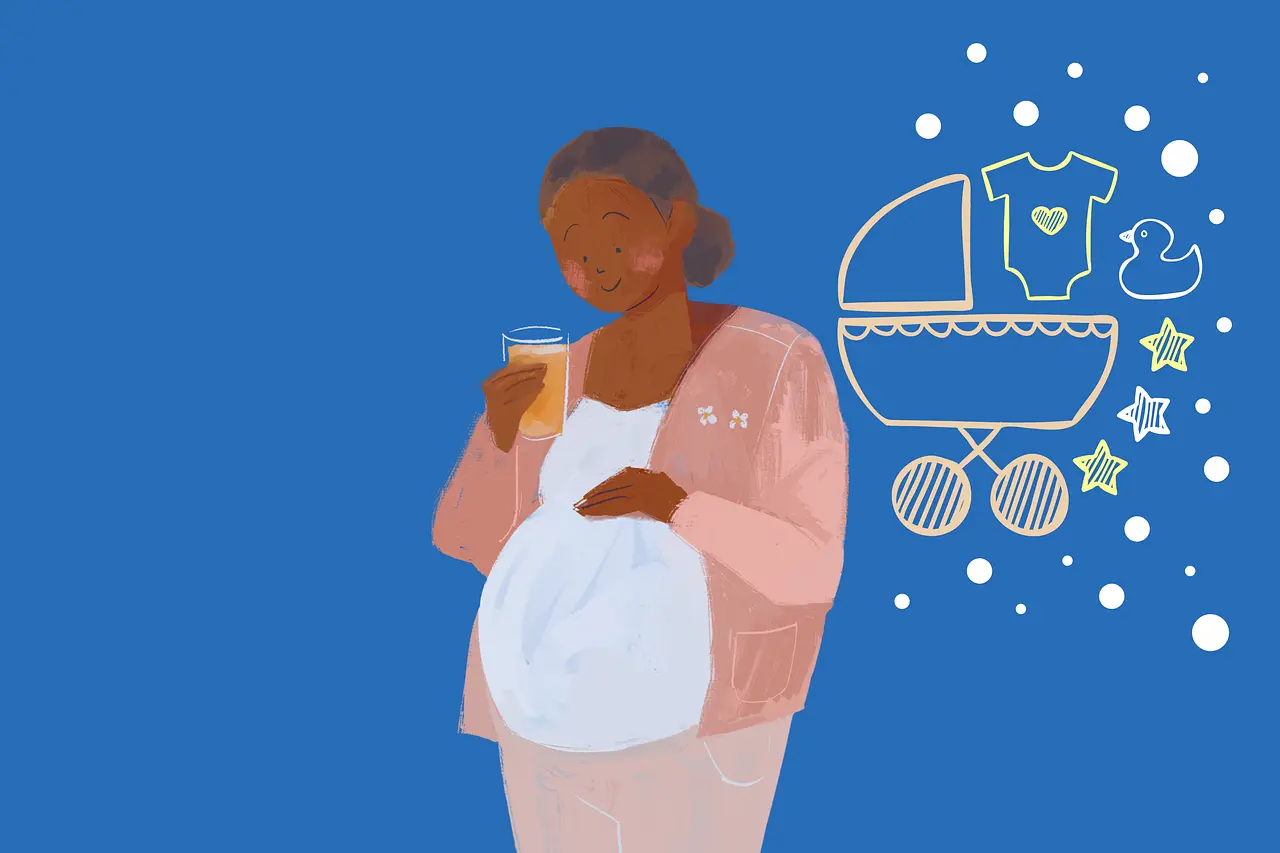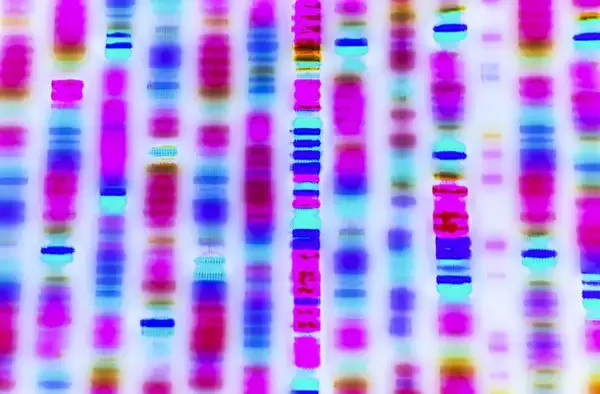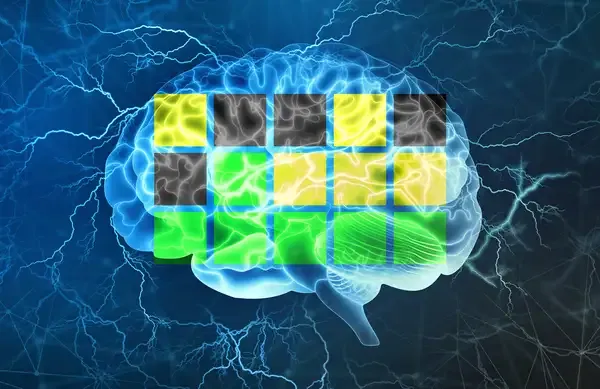- Home >
- Health
- > Epidemiology
Prenatal Development
"Prenatal Development" explores the intricate stages of human growth before birth, highlighting the critical processes that shape a fetus from conception to delivery. The Big Apple delves into the origins of New York City's iconic nickname, revealing its ties to the jazz music scene and the city's vibrant culture. Additionally, the text examines how eight other renowned cities, such as Los Angeles and Chicago, acquired their nicknames, often reflecting historical events, local characteristics, or cultural significance that define their identities.

Prenatal development is a complex process that occurs in stages, beginning with conception and continuing until birth. Understanding this process is crucial for expecting parents and healthcare professionals alike. The stages of prenatal development are typically divided into three trimesters, each with distinct milestones and developments. In this article, we will explore these stages, focusing on the key aspects of ''prenatal development'' and how they impact the health of both the mother and the baby.
First Trimester: Weeks 1-12
The first trimester is a critical phase of ''prenatal development'' where the foundations for all major organs and systems are laid. This stage begins with fertilization when the sperm and egg unite to form a zygote.
During the first few weeks, the zygote travels down the fallopian tube, dividing and growing into a blastocyst, which eventually implants itself into the uterine wall. By the end of the first trimester, all major organs have begun to develop, and the embryo is now referred to as a fetus.
| Week | Development Milestones |
|---|---|
| 1-4 | Fertilization and implantation occur; the zygote begins cell division. |
| 5-8 | Major organs and systems start to develop; the heart begins to beat. |
| 9-12 | Fetus develops distinct features; limbs, fingers, and toes are formed. |
Second Trimester: Weeks 13-26
The second trimester is often considered the most comfortable phase of ''prenatal development'' for many women. The risk of miscarriage decreases, and many of the early pregnancy symptoms begin to subside. This period is characterized by significant growth and development of the fetus.
During the second trimester, the fetus grows rapidly. By the end of this stage, the fetus can begin to hear sounds and may even respond to external stimuli. This is also the time when many parents choose to find out the sex of the baby through ultrasound.
| Week | Development Milestones |
|---|---|
| 13-16 | Fetus begins to move; reproductive organs develop. |
| 17-20 | Fetal movements can be felt by the mother; skin starts to thicken. |
| 21-26 | Fetus develops reflexes; lungs mature; can hear sounds. |
Third Trimester: Weeks 27-40
The third trimester is the final stage of ''prenatal development'' and is marked by preparations for birth. During this time, the fetus continues to grow and gain weight, and the mother experiences various physical changes as her body accommodates the developing baby.
In the last few weeks of pregnancy, the fetus's brain undergoes significant development, and the lungs mature in preparation for breathing outside the womb. This is also the time when the baby positions itself for birth, often settling into a head-down position.
| Week | Development Milestones |
|---|---|
| 27-30 | Fetus gains weight; brain develops rapidly. |
| 31-34 | Fetus moves into a head-down position; lungs continue to mature. |
| 35-40 | Fetus prepares for birth; body fat increases; labor may begin. |
Factors Influencing Prenatal Development
Numerous factors can influence ''prenatal development'', including maternal health, nutrition, and environmental factors. Proper prenatal care is essential to monitor the health of both mother and baby throughout the pregnancy.
Nutrition plays a vital role in supporting healthy ''prenatal development''. Key nutrients such as folic acid, iron, and calcium are crucial for fetal growth. Expecting mothers should focus on a balanced diet rich in fruits, vegetables, whole grains, and lean proteins.
Additionally, avoiding harmful substances such as tobacco, alcohol, and certain medications is vital for minimizing risks during ''prenatal development''. Regular check-ups with healthcare providers can help identify any potential issues early and provide guidance on maintaining a healthy pregnancy.
Conclusion
Understanding the stages of ''prenatal development'' is essential for parents and caregivers. Each trimester presents unique challenges and milestones that contribute to the overall health of the baby. By prioritizing nutrition and regular medical care, expecting parents can support the healthy development of their child. Knowledge about ''prenatal development'' empowers parents to make informed decisions and fosters a nurturing environment for their growing family.












